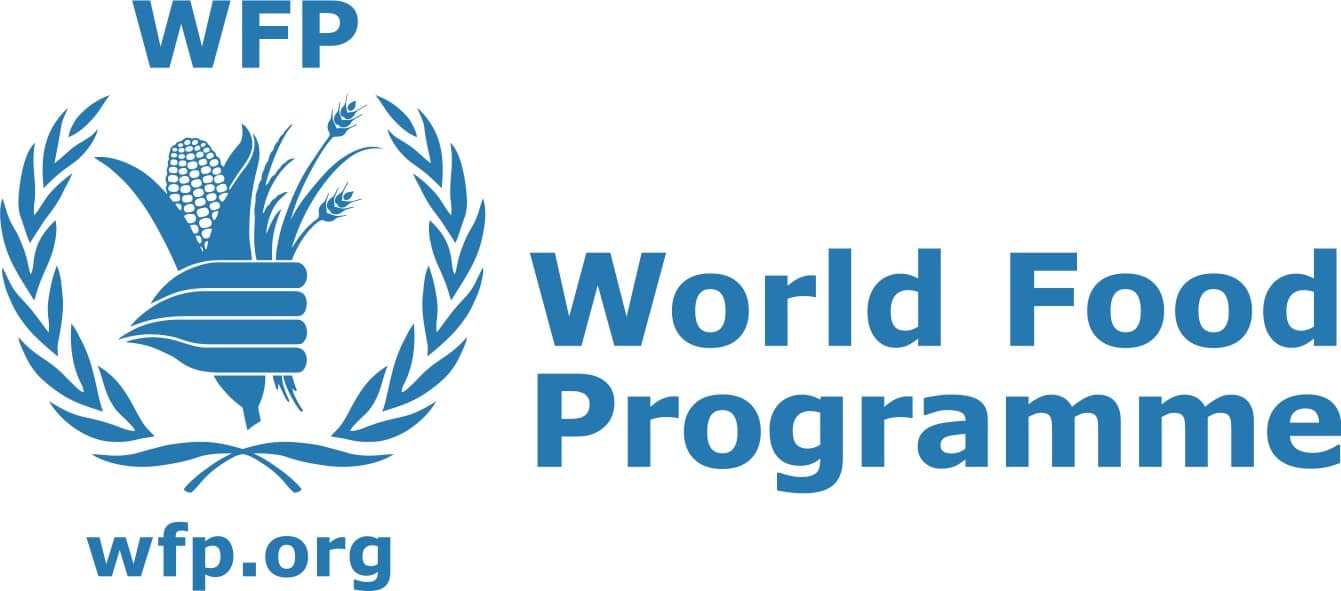However, export of vegetable products decreased by Nu 0.32 billion, while export of animal products increased by 8.7 million
Bhutan spent about Nu 3.8bn on importing live animals and animal products in 2022, which is an increase of about Nu 0.21bn compared to 2021.
According to figures from the Department of Revenue and Customs (DRC), under the importation of live animals; animal products include live animals, meat and edible meat offal, fish and crustaceans, molluscs, and other aquatic invertebrates, dairy produce, birds’ eggs, natural honey, edible products of animal origin, not elsewhere specified or included, and products of animal origin, not elsewhere specified or included.
The country imported dairy products, birds’ eggs, natural honey, and edible products of animal origin not elsewhere specified or included, making the highest import under the section of live animals; animal products of about Nu 2bn, followed by meat and edible meat offal imported worth about Nu 1.22bn, fish and crustaceans, molluscs, and other aquatic species worth about Nu 0.5bn, and about Nu 43mn worth of live animals and products of animal origin not elsewhere specified or included worth about Nu 1.8mn, marking the least import by the country in 2022.
All the other chapters under the section on the import of live animals; animal products recorded an increase except for products of animal origin not elsewhere specified or included, which show a drop in value of Nu 5.3mn compared to 2021.
Similarly, in 2022, the country imported vegetable products worth Nu 7.38bn, which is an increase by about 0.77bn as compared to the previous year, 2021. Some of the imported items under the category of vegetables listed in DRC include live trees and other plants; bulbs, roots, and the like; cut flowers and ornamental foliage; edible vegetables and certain roots and tubers; edible fruit and nuts; the peel of citrus fruit or melons; coffee, tea, mate, and spices; cereals; and products of the milling industry, malt; starches; inulin; wheat gluten; oil seeds and oleaginous fruits; miscellaneous grains, seeds, and fruit; industrial or medicinal plants; straw and fodder; lac; gums, resins, and other vegetable saps and extracts; and vegetable plaiting materials; vegetable products not elsewhere specified or included as listed in the import by Bhutan Trade Classification (BTC) Chapter, Bhutan trade statistics 2022.
Among the nine divisions under imported vegetable products, cereals, edible vegetables and certain roots and tubers contributed to a higher rate of increase in the total increase in 2022 under the section of vegetable products, followed by edible fruit and nuts, and the peel of citrus fruit or melons.
The country imported cereals worth Nu 3.53bn, which is an increase of Nu 37mn as compared to 2021, listing the highest import under vegetable products, followed by edible vegetables and certain roots and tubers imported worth Nu 1.18bn, which also show an increase of about Nu 40mn compared to 2021.
In 2022, the country imported products of the milling industry; malt; starches; inulin; wheat gluten worth Nu 0.6bn which is increased by 0.15bn and oil seeds and oleaginous fruits; miscellaneous grains, seeds and fruit; industrial or medicinal plants; straw and fodder of Nu 0.53bn, and tea, maté and spices worth Nu 0.4bn among others.
Among the nine chapters under vegetable products, all the imported products recorded an increase except for oil seeds and oleaginous fruits; miscellaneous grains, seeds, and fruit; industrial or medicinal plants; straw and fodder; and lac; gums, resins, and other vegetable saps and extracts, which dropped by Nu 84.2mn and Nu 86,940, respectively.
Meanwhile, in 2022, the country exported live animals, animal products, and vegetable products worth Nu 36mn and Nu 2.9bn, respectively. Exports of vegetable products decreased by Nu 0.32bn, while exports of animal products increased by Nu 8.7mn as compared to 2021.
Under the section of live animals; animal products, the country exported live animals worth Nu 13mn, an increase by Nu 12.9mn, and dairy produce; birds’ eggs, natural honey, edible products of animal origin, not elsewhere specified or included, worth Nu 22.6mn, which is a decrease of 4.2mn compared to 2021.
Similarly, under the section of exported vegetable products, the country exported coffee, tea, maté, and spices worth Nu 1.48bn, which is a decrease of Nu 0.33bn compared to 2021. This was the highest export under the export of vegetable products, followed by edible fruit and nuts; peel of citrus fruit or melons exported worth Nu 0.65bn, which was decreased by 3.7mn; and edible vegetables and certain roots and tubers exported worth Nu 0.49bn, which also decreased by 88.7mn.
From the seven chapters under the exported vegetable products in 2022, all the exported products recorded a decrease in values except for cereals, oil seeds, and oleaginous fruits; miscellaneous grains, seeds, and fruit; industrial or medicinal plants; straw and fodder; and vegetable plaiting materials and vegetable products not elsewhere specified or included, which show a rise in the value of exports, with Nu 0.43mn, 0.11bn, and 0.14mn correspondingly.
In 2022, the country did not export products of the milling industry: malt, starches, inulin, wheat gluten and lac, gums, resins, and other vegetable sap and extract.
Nidup Lhamo from Thimphu














